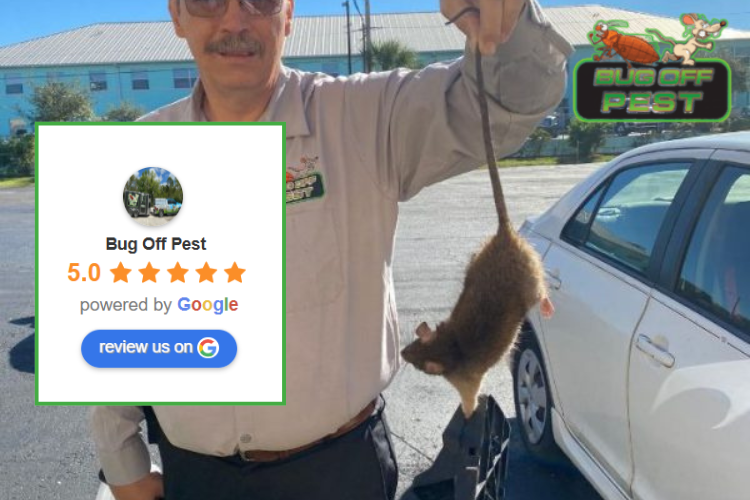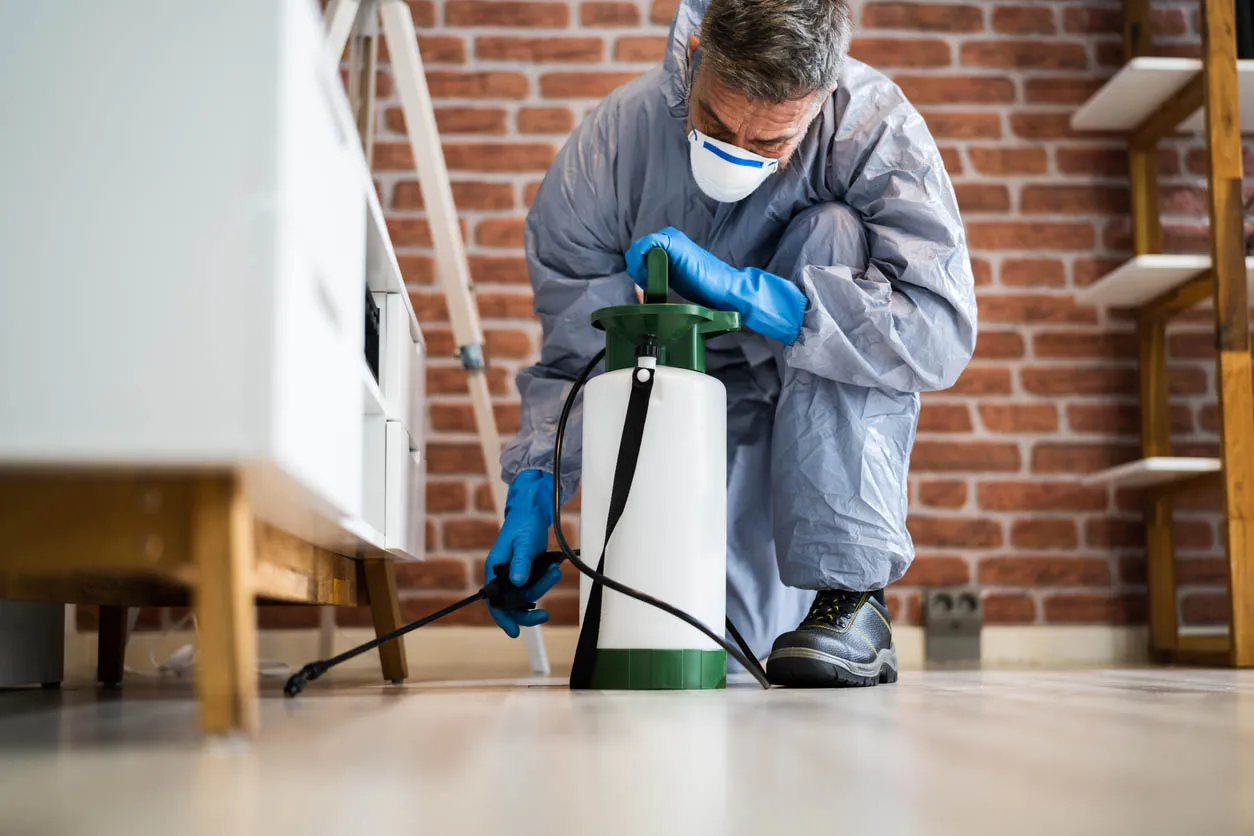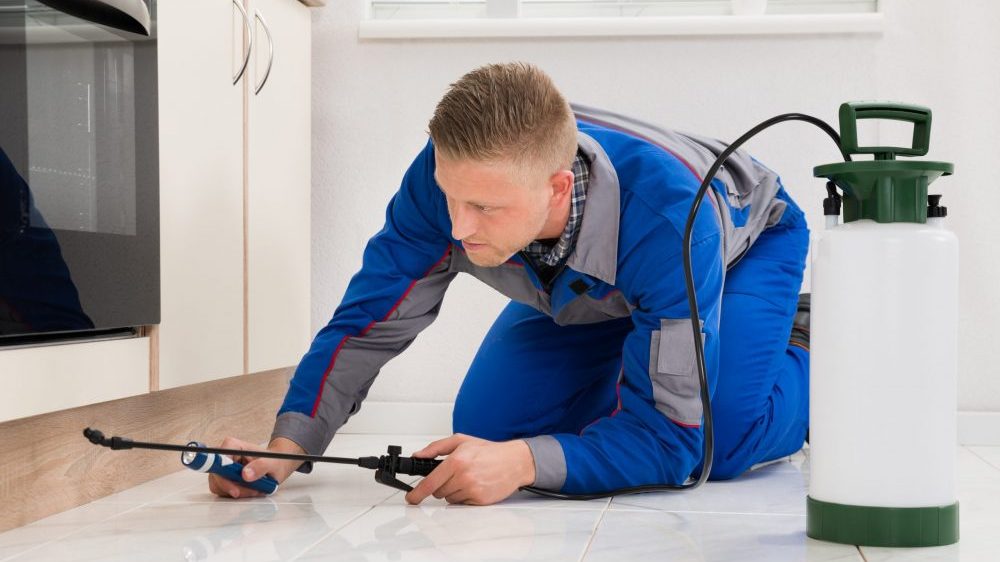Expert Commercial Pest Control Service in Port Charlotte
Comprehensive Guide to Understanding Bug Control Methods and Their Treatment
Comprehending bug control methods is vital for efficient administration of unwanted organisms that present threats to health, agriculture, and residential or commercial property. What variables should be considered when choosing the ideal bug control approach for a specific circumstance?
Introduction of Insect Control Techniques
Pest control techniques include a range of strategies made to take care of and eliminate undesirable microorganisms that can hurt human health, agriculture, and building. Effective pest administration is critical for preserving the integrity of ecosystems and making sure the safety and security of food materials. These methods can be broadly categorized into 3 primary techniques: social, mechanical, and biological controls.

Cultural control involves modifying farming methods or environmental conditions to decrease parasite establishment and reproduction. This technique consists of crop rotation, cleanliness, and selecting pest-resistant plant varieties. Mechanical control depends on physical barriers or devices to avoid pest access or directly remove them. Examples include catches, internet, and hand-picking harmful pests.
Biological control uses natural predators, bloodsuckers, or microorganisms to regulate pest populations. This method emphasizes ecological equilibrium and can include introducing helpful pests, such as ladybugs or aggressive nematodes, to manage parasite existence.
Integrated bug monitoring (IPM) integrates these methods, making use of an all natural strategy that highlights avoidance, tracking, and responsible monitoring. By utilizing a blend of these approaches, parasite control can be more lasting and efficient, reducing reliance on chemical treatments while securing human wellness and the environment.

Chemical Parasite Control Solutions
A range of chemical bug control services are offered, giving reliable alternatives for taking care of parasite populaces when other approaches might fail. These options largely include insecticides, herbicides, fungicides, and rodenticides, each developed to target certain pests while reducing injury to non-target organisms.
Insecticides are particularly reliable against a variety of bugs, including ants, cockroaches, and termites, and can be identified as get in touch with or systemic representatives. Get in touch with insecticides eliminate parasites on contact, while systemic insecticides are taken in by plants, making them harmful to pests that feed on them. Herbicides are used to control undesirable greenery, whereas fungicides are crucial for taking care of fungal conditions that can damage plants and decorative plants.
In addition, integrated parasite monitoring (IPM) principles must be used, integrating chemical options with cultural, mechanical, and organic strategies for lasting bug control. This alternative approach not only boosts pest administration effectiveness but likewise minimizes possible environmental impacts connected with chemical use.
Organic Bug Control Techniques
Biological insect control strategies offer an environmentally pleasant choice to chemical approaches by using natural predators, parasites, or virus to take care of bug populations. This approach leverages the ecological connections in between organisms, advertising a balanced community while reducing chemical residue in the atmosphere.
One of one of the most common organic control techniques entails the introduction of all-natural enemies. For example, ladybugs are used to regulate aphid populations, while parasitical wasps can target caterpillars and various other pests. These natural predators efficiently decrease pest numbers without harming helpful bugs.
Furthermore, microbial agents such as microorganisms, fungi, and infections are made use of to infect and kill certain pests. Bacillus thuringiensis (Bt), a naturally occurring germs, is commonly made use of to manage caterpillars and other larvae, showcasing the effectiveness of microbial parasite control.

Physical and Mechanical Techniques
Regularly utilized in incorporated insect monitoring methods, physical and mechanical methods serve as efficient tools for managing parasite populaces without using chemicals. These strategies depend on physical obstacles, traps, and various other mechanical devices to stop or eliminate pests, making them environmentally pleasant choices.
Physical techniques include using barriers such as insect netting, screens, or row covers that literally block pests from accessing plants. This is especially useful in farming settings where crop protection is crucial. Furthermore, habitat manipulation, such as getting rid of debris and standing water, can decrease bug reproducing sites, thereby minimizing infestations.
Mechanical methods incorporate traps, which can be created to capture particular parasites. Sticky traps and scent catches are typical examples that entice and keep pests, facilitating monitoring and control. Vacuuming is another mechanical method, efficient for removing insects from interior environments, particularly in cases of infestations.
Preventative Parasite Monitoring Techniques
Effective preventative parasite administration methods are vital for maintaining healthy and balanced settings and reducing pest-related issues prior to they emerge (Pest Control in Port Charlotte, FL). These methods concentrate on proactive steps that lower the likelihood of insect problems by attending to the origin

An additional vital approach entails correct landscape design techniques (Pest Control in Port Charlotte, FL). Maintaining plant life trimmed my link and away from buildings can lower harborage locations for insects. Similarly, applying integrated insect administration (IPM) strategies that consist of keeping track of bug populaces and employing biological controls can promote a well balanced ecosystem that naturally suppresses pest numbers.
Education and learning and training for staff and residents on acknowledging very early signs of pest activity are additionally key parts of a reliable preventative program. By promoting an environment of understanding and watchfulness, companies and house owners can substantially boost their pest management initiatives and protect their areas against future problems.
Verdict
Finally, efficient bug control calls for a multifaceted method that incorporates chemical, biological, and mechanical methods. Employing an Integrated Parasite Monitoring (IPM) structure enables for the sustainable management of insects while lessening environmental effect. Preventative strategies better boost the efficiency of these approaches, ensuring long-lasting protection of health and wellness, farming, and residential or commercial property. Eventually, a comprehensive understanding of these varied pest control methods is vital for accomplishing successful outcomes in insect management initiatives.